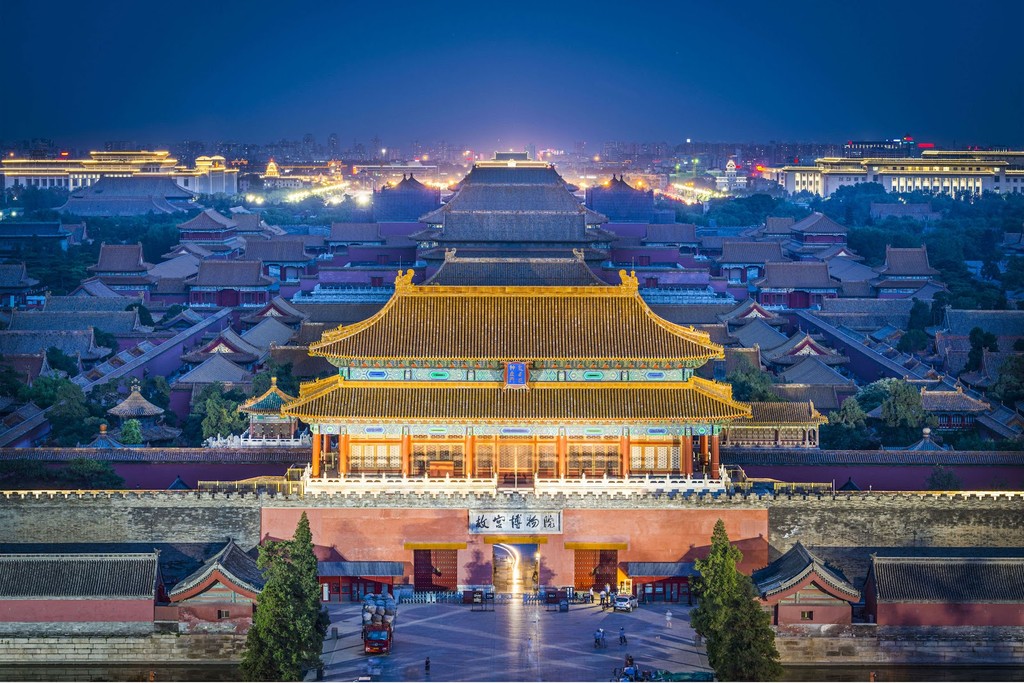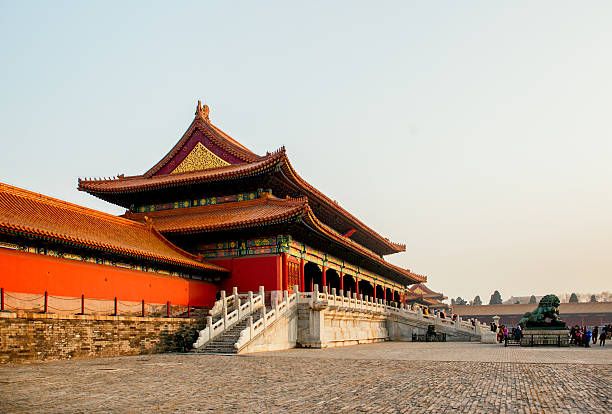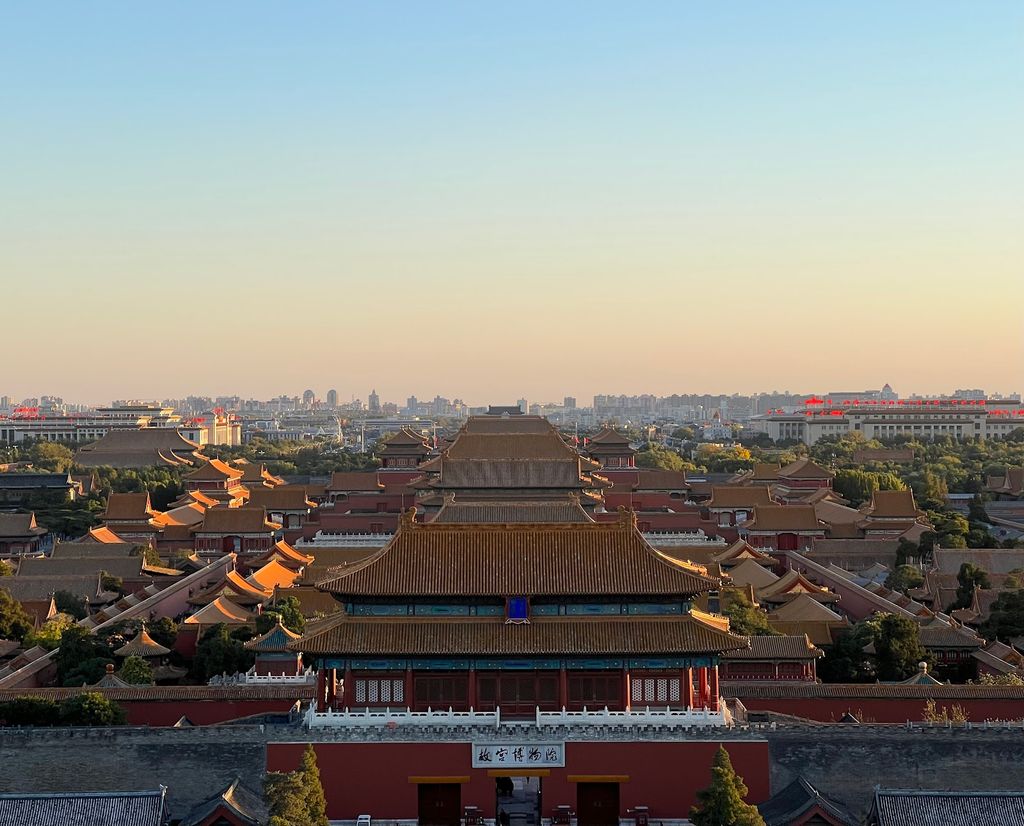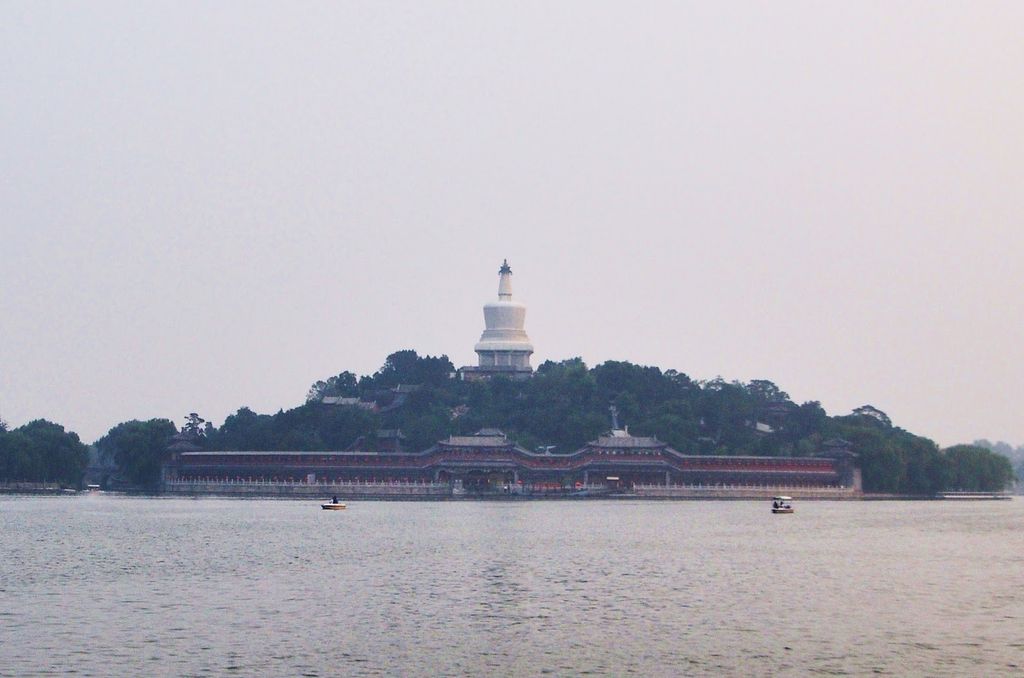Beijing: A Journey Through Time
Join us for a captivating exploration of Beijing's rich history and vibrant culture on this free walking tour, uncovering hidden gems along the way.
Time
3 Hours
Stops
5 Places
Distance
4.3 km
Tiananmen Square
Start your journey at Tiananmen Square, one of the largest public squares in the world, known for its historical and cultural significance.

Tiananmen Square (Source: Google Maps)
Tiananmen Square, located in the heart of Beijing, is one of the largest public squares in the world and a site of immense historical and cultural significance. Established in 1651, it has been the site of numerous important events in Chinese history, including the May Fourth Movement in 1919 and the pro-democracy protests in 1989. The square is flanked by several monumental buildings, including the Tiananmen Gate, which features the iconic portrait of Mao Zedong, and the National Museum of China, showcasing the country's extensive history. The square's design reflects traditional Chinese architectural principles, symbolizing the unity of the nation. It serves not only as a gathering place for political rallies but also as a venue for celebrations and commemorative events, making it a vital part of Beijing's cultural landscape.
Yandai Byway
Explore Yandai Byway, one of Beijing's oldest commercial streets, famous for its traditional architecture and vibrant culture.

Yandai Byway (Source: Google Maps)
Yandai Byway is one of Beijing's oldest commercial streets, known for its rich history and traditional architecture. Dating back to the Ming Dynasty, this vibrant alleyway has been a hub of commerce and culture for centuries. The name 'Yandai' translates to 'Smoking Pipe,' referring to the tobacco trade that flourished here in the past. Today, visitors can stroll along the narrow street, lined with quaint shops, cafes, and galleries, offering a glimpse into Beijing's past. The architecture showcases classic hutong style, with wooden beams and intricate eaves, creating a charming atmosphere. Yandai Byway is not only a shopping destination but also a cultural hotspot, where one can experience local crafts, traditional snacks, and the lively spirit of old Beijing.
The Forbidden City
Walk to the Forbidden City, a UNESCO World Heritage Site, which served as the imperial palace for 24 emperors during the Ming and Qing dynasties.

The Forbidden City (Source: Google Maps)
The Forbidden City, a UNESCO World Heritage Site, served as the imperial palace for 24 emperors during the Ming and Qing dynasties, spanning nearly 500 years of Chinese history. Constructed between 1406 and 1420, this sprawling complex encompasses over 980 buildings and is a masterpiece of traditional Chinese architecture. The Forbidden City is surrounded by a moat and a massive wall, symbolizing the separation between the imperial family and the common people. Its intricate design features harmonious layouts, vibrant colors, and symbolic decorations that reflect the principles of Feng Shui. The site is not only an architectural marvel but also a treasure trove of art and cultural relics, housing the Palace Museum, which contains an extensive collection of imperial artifacts, making it a focal point for understanding China's imperial past.
Jingshan Park
Head to Jingshan Park, located just north of the Forbidden City, offering a panoramic view of the city from its central peak.

Jingshan Park (Source: Google Maps)
Jingshan Park, located just north of the Forbidden City, is a historic imperial garden that offers breathtaking panoramic views of Beijing from its central peak. Originally part of the imperial palace grounds during the Ming and Qing dynasties, Jingshan Park was established in the 16th century and is known for its lush landscapes and beautiful pavilions. The park's highest point, Coal Hill, was formed from the earth excavated during the construction of the Forbidden City and is now a popular spot for visitors to capture stunning views of the city and the Forbidden City itself. The park is also home to ancient trees and various flora, providing a tranquil escape from the bustling city. Jingshan Park is a significant cultural site, often frequented by locals and tourists alike for leisure activities and historical exploration.
Beihai Park
Continue to Beihai Park, one of the oldest and most well-preserved imperial gardens in China, featuring beautiful landscapes and historic structures.

Beihai Park (Source: Google Maps)
Beihai Park is one of the oldest and most well-preserved imperial gardens in China, dating back to the 11th century. Located near the Forbidden City, this expansive park features a stunning array of landscapes, including a large lake, ancient trees, and traditional pavilions. The park's centerpiece is the White Dagoba, a stupa built in 1271, which serves as a symbol of the park's rich history and Buddhist heritage. Beihai Park was once a royal retreat for emperors, offering a serene environment for leisure and reflection. Today, it remains a popular destination for both locals and tourists, who come to enjoy boating on the lake, exploring the beautiful gardens, and appreciating the historical architecture. The park's harmonious blend of natural beauty and cultural significance makes it a vital part of Beijing's heritage.

Your travels, your rules.
Create your own Free Walking Tours.
Set your preferences, distances and anything you want to do or see.
Completely free, no payment required.